6 Ways Left Foot Braking Will Improve Your Driving
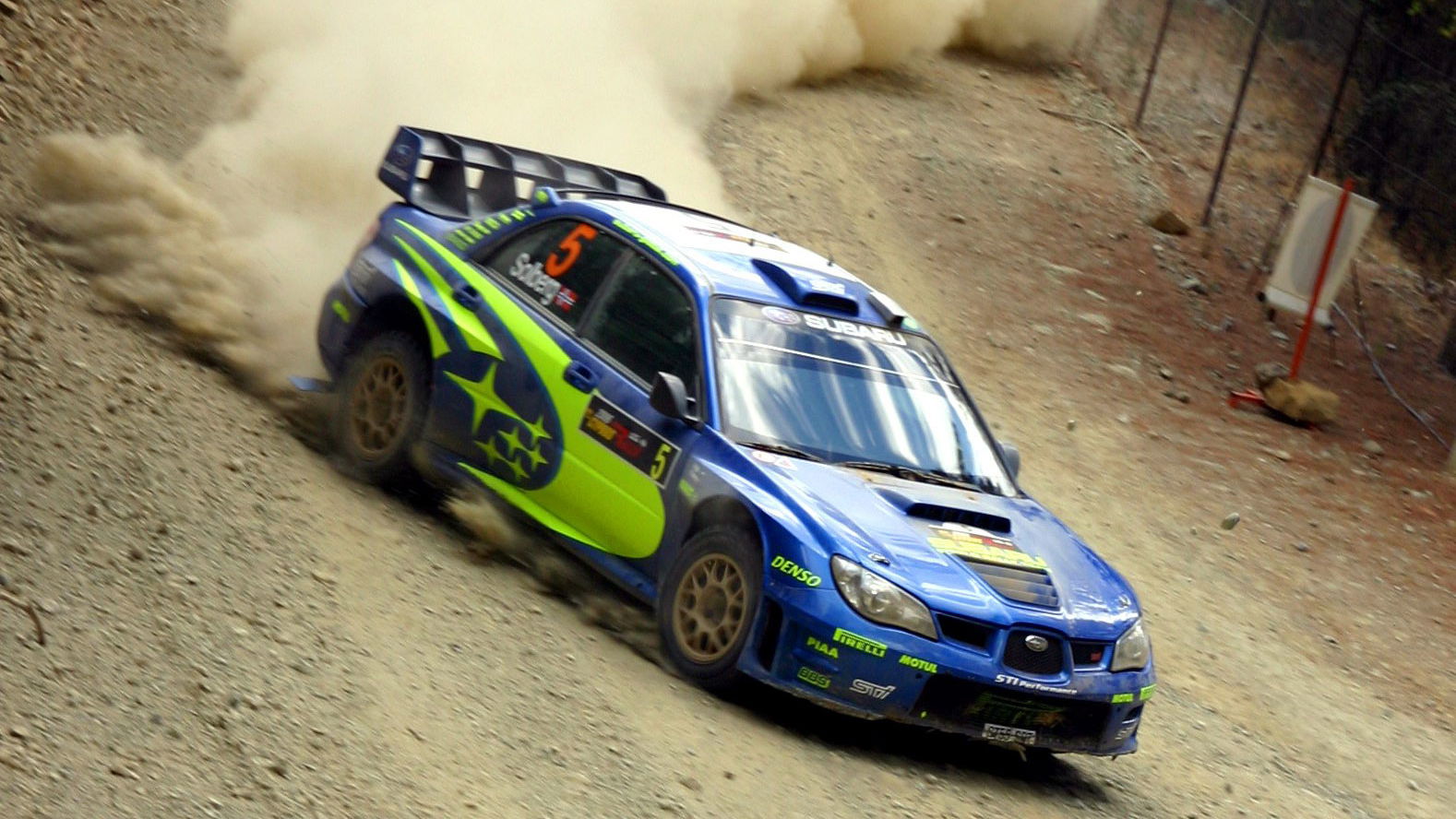
1. Puts you in control of weight shifting
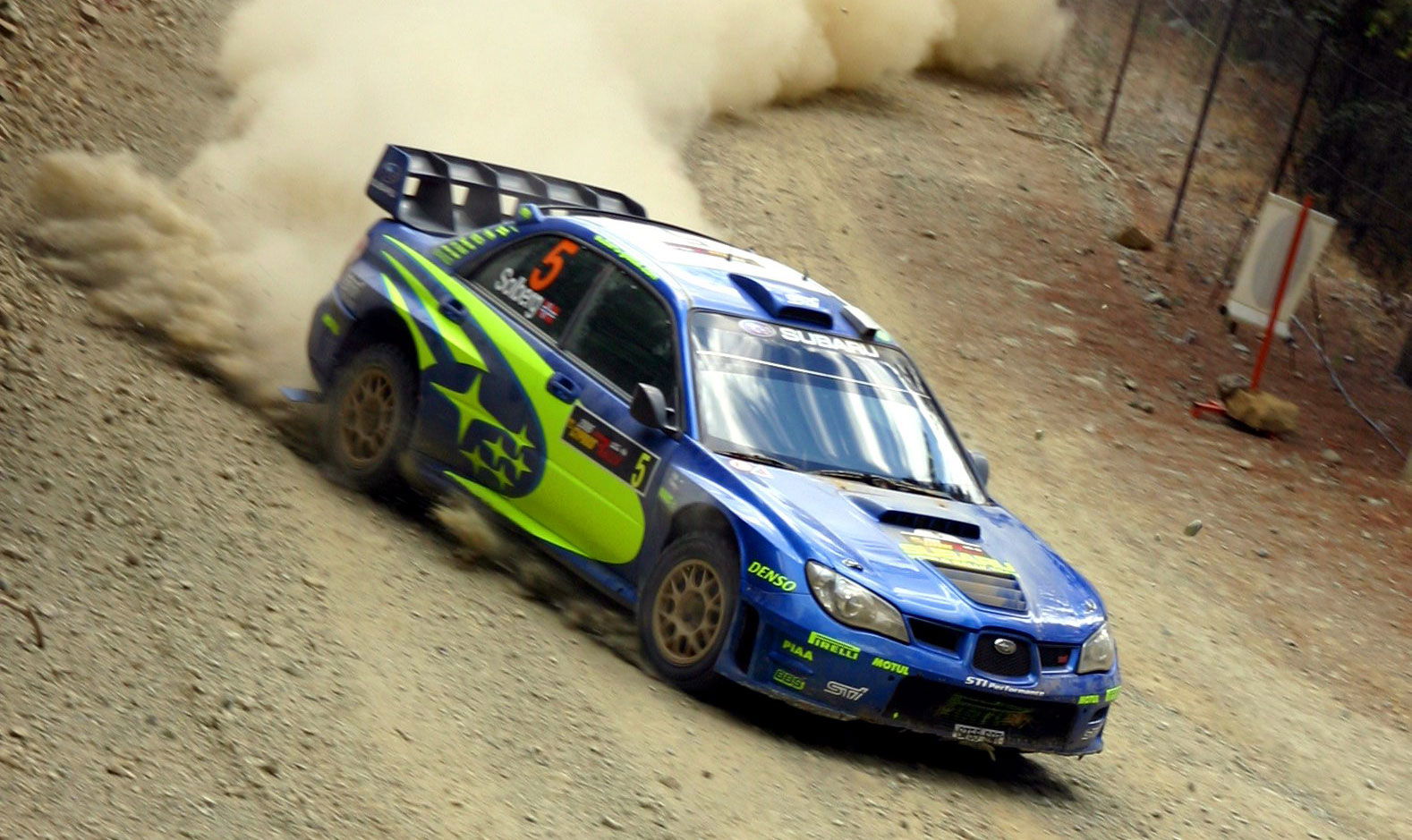
One of the most important aspects of fast driving is controlling where the weight of the car is. This is something that’s most obviously useful in rallying, where throwing the car’s weight from side to side while keeping the throttle pinned is the best way to maintain momentum. You can also use this in grip driving situations, though, as modulating the brake and throttle can help keep the car settled in order to minimise understeer and oversteer.
This might seem counter-intuitive, but if you have a front-wheel drive car with a differential this technique will drastically improve the speed you can carry through, and out of, a turn.
As you accelerate through a corner you can push on the brakes with your left foot to distribute the torque more effectively through the front wheels. This allows you to carry more speed as power is spread more evenly across the two front tyres, and ensures your exit speed is higher. Easing off the brake on corner exit then gives you full power for the straight to take full advantage of the extra speed you’ve already carried without unsettling the balance of the car or spinning the wheels.
3. Settling the suspension
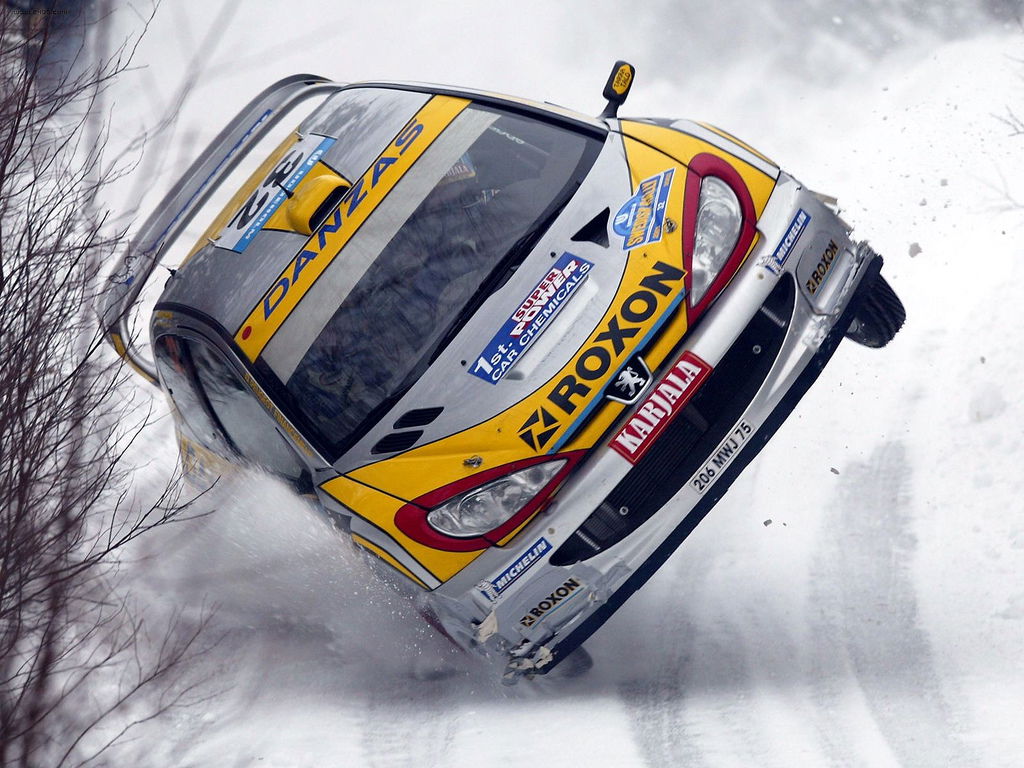
Again, this is a technique most useful in rally. When braking and shifting weight around, you’re also loading and unloading the suspension in different ways. You can take this knowledge and use it to counteract unwelcome movements.
For example, if you spot a bump ahead, you can keep your right foot on the throttle to keep momentum up, while dabbing the brakes to load and unload the suspension. With the extra travel available you can glide over bumps that might otherwise have unsettled the car.
4. Tidying your line
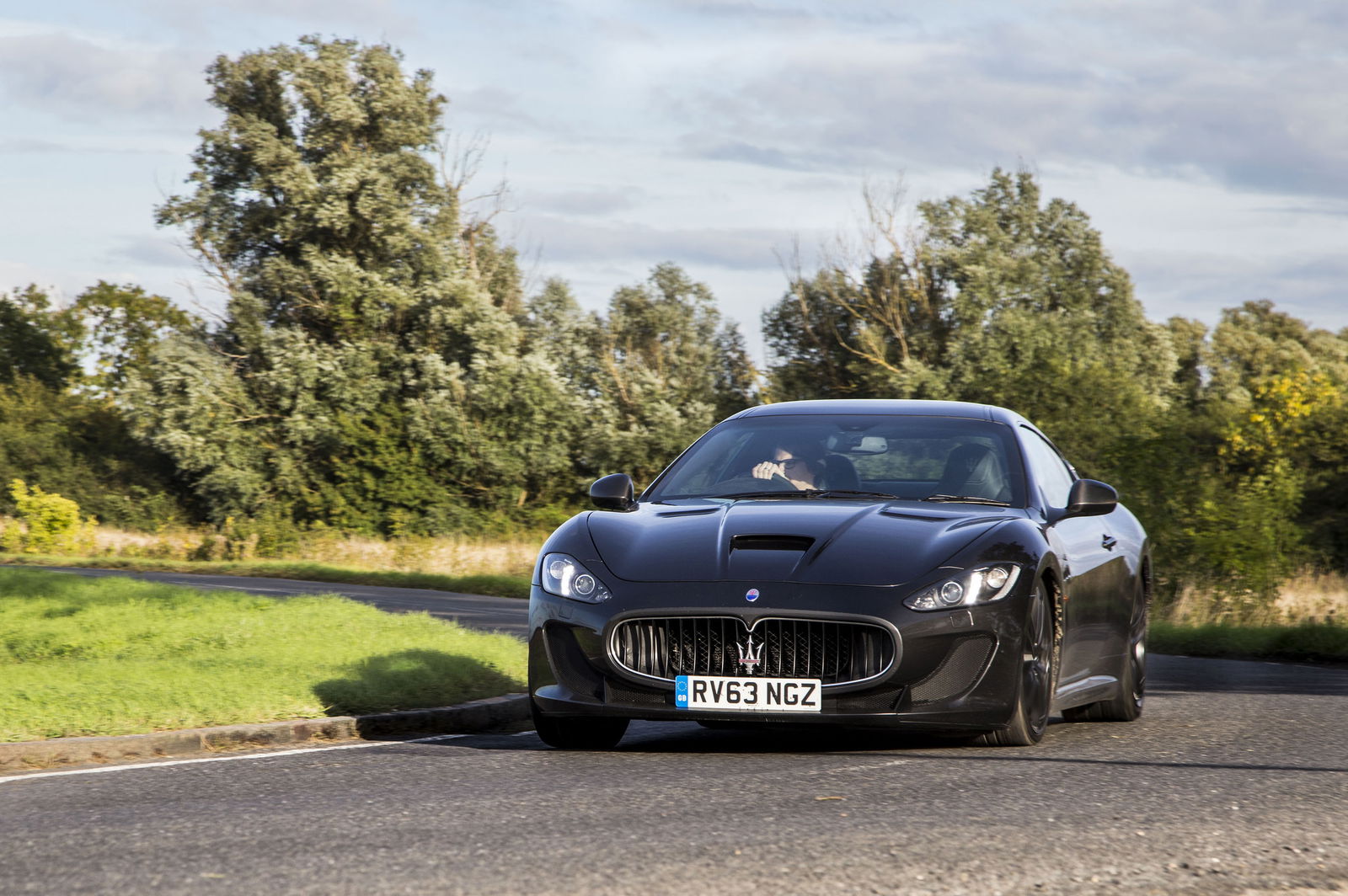
Here’s another useful tip for bringing the nose in in high speed corners. If you’re cornering at speed but feel yourself washing wide, the answer is to scrub some speed. You could lift your foot of the throttle, but a sudden shift forwards in weight could cause you to oversteer. Instead, applying a little brake while still on the throttle ensures all four wheels are being slowed, and your line is tightened without unsettling the machine.
5. Trail braking
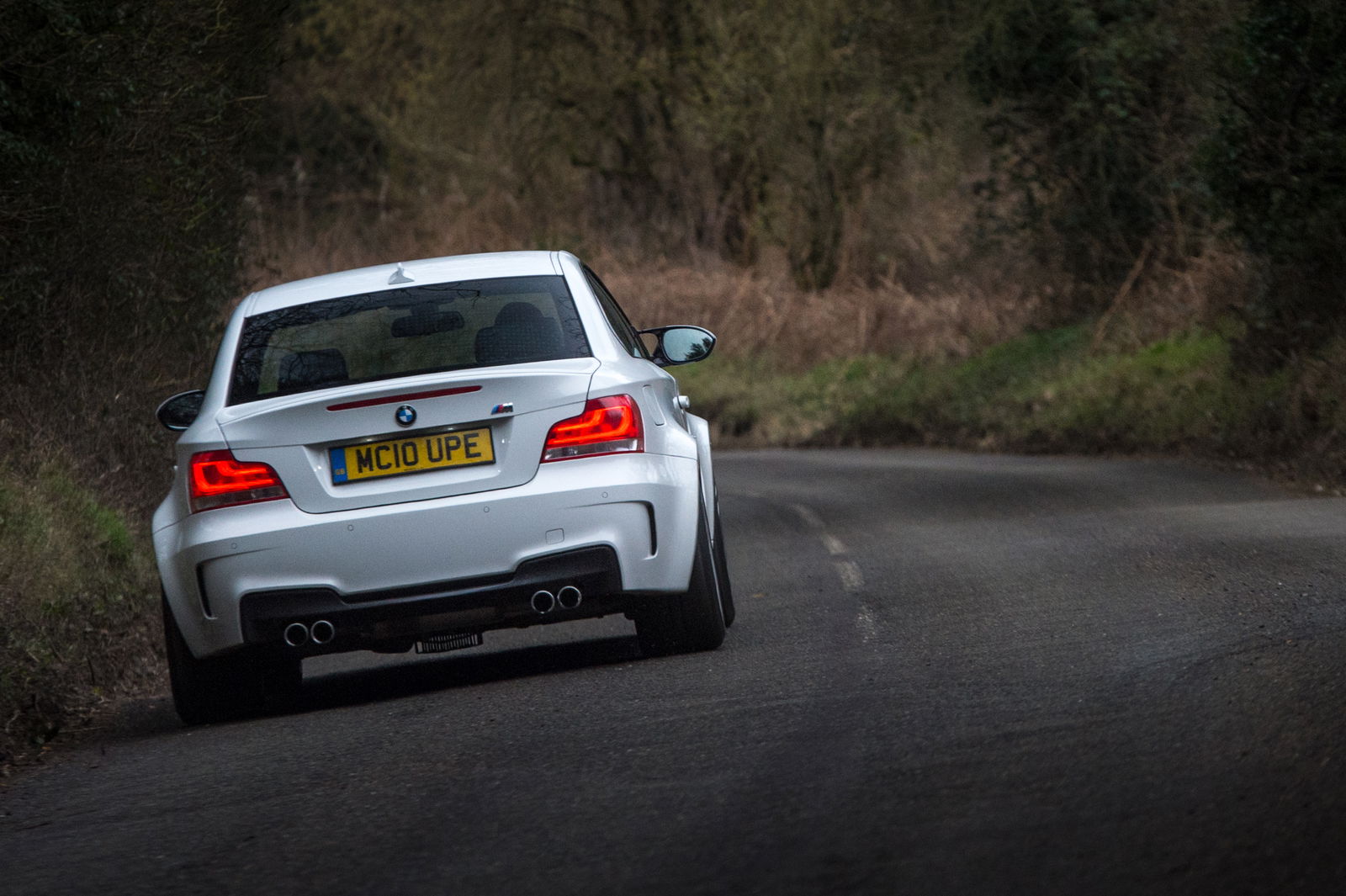
This is trickier in a manual car where you’re using your left foot on the clutch, but it is possible with a quick shift of your feet. The idea is to gradually ease off the brake as you enter a corner and begin to accelerate out of it. This has the advantage of keeping the weight forward, giving the front tyres the highest possible grip for turn in and limiting understeer. It also reduces unwanted weight shifting that can come from lifting off the brake quickly in order to accelerate, as is required with right foot braking.
When you receive driver coaching, one of the first things they’ll try to get in your brain is that you should either be fully accelerating or fully braking. Now obviously there are exceptions to this, such as some of the techniques above and in longer corners that require throttle modulation. However, for the most part, you should either be braking or accelerating - anything else loses time.
Therefore, every time you brake with your right foot you have a very brief period in limbo where you’re doing neither. Add together all those fractions of a second over the course of a lap or a race, and it can be the difference between a podium or not. This might not be too relevant to road driving, but for trackday drivers looking to shave time lap after lap, this could help immeasurably.
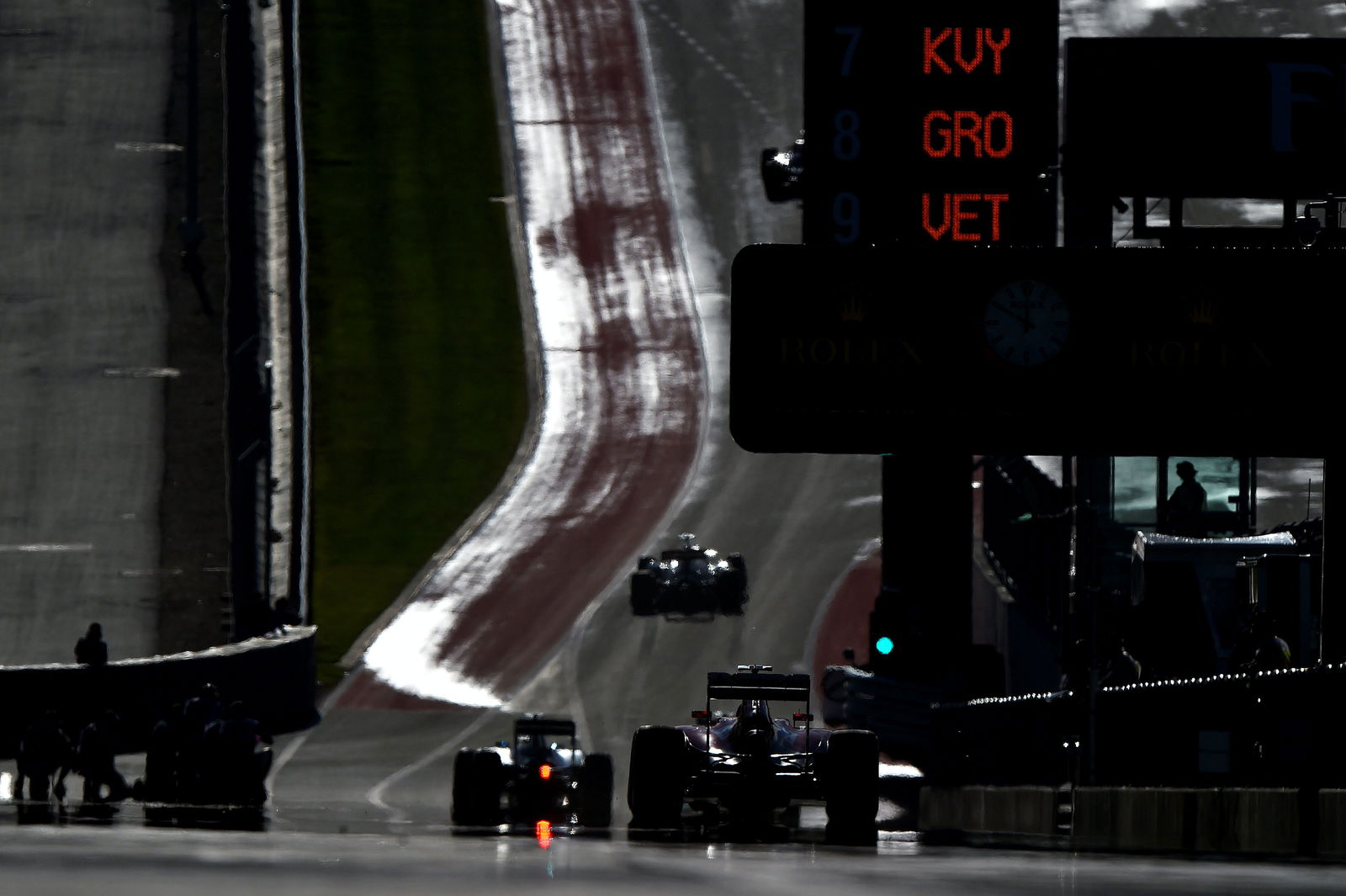
Comments
That is not what “trailbraking” is. The trailbraking technique means you’re braking all the way till you hit the apex, not “release the brake as you enter the, meaning you don’t slow down for the corner and then pass it at a set speed, but slow down into the apex, and then accelerate gradually out of it.
Too bad the electronics in my car cuts boost when brakes are applied. Tried this the other day and went nowhere fast
I tried many times, I always brake too much…
…or maybe it’s because I don’t have enough power…
…or my balls are not big enough to enter a corner with the needed amount of speed.
According to ben “the stig” collins in his book (how to drive) you never need to use left foot braking
I can’t use my left foot sorry and you forgot threshold braking
I’ve tried left foot braking before, it requires a lot of practice! You have to gain a feel for the pedal you normally aren’t pressing with the left foot.
I tried it once. The result felt like this…
I did that once. Once. Only once.
And idk about the rest of the world, but legislation in the United states mandated a system where if the brakes and has pedal are both pressed down, the brakes will always take precedence.
Safety feature for elderly young and in general drivers who would panic and slam on both. I’ve never heard of such a thing, nor understand why anyone would do it, but I don’t doubt it either. So yea. That’s another problem. Cars cutting out.
After practicing this in normal traffic situations (and karts) for a couple of years I finally decided to put it to use on a race track! This was me taking part in a small time attack event last month at a go-kart track; Any tips for what I was doing wrong and how I could improve? Although the couple of Chris Harris vids and other tutorials I found online mention left foot braking to aid traction, in reality I have no idea how much braking I actually need to apply…https://www.facebook.com/jonathan.lim.54390/videos/vb.100001851249254/1013332542071778/?type=3&theater
Definitely not the topic for anyone owning an MR2.
Pagination